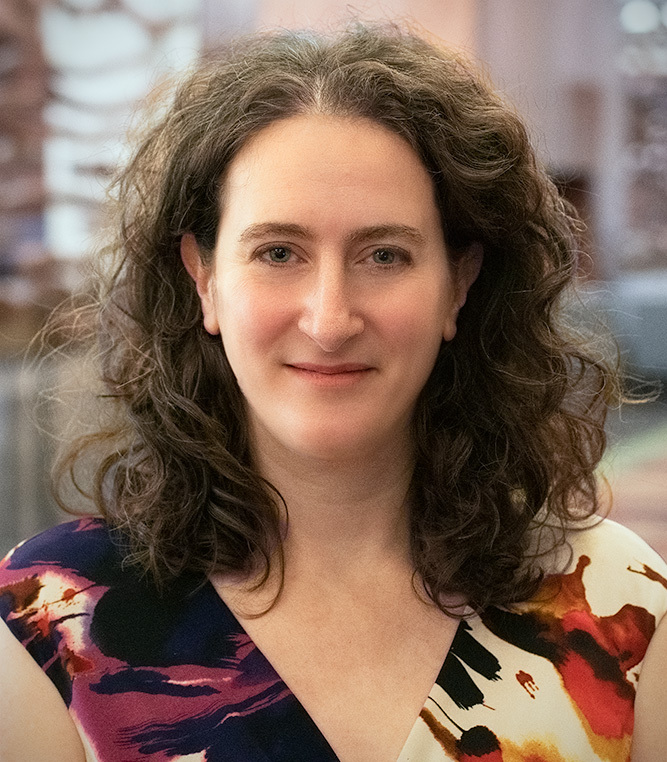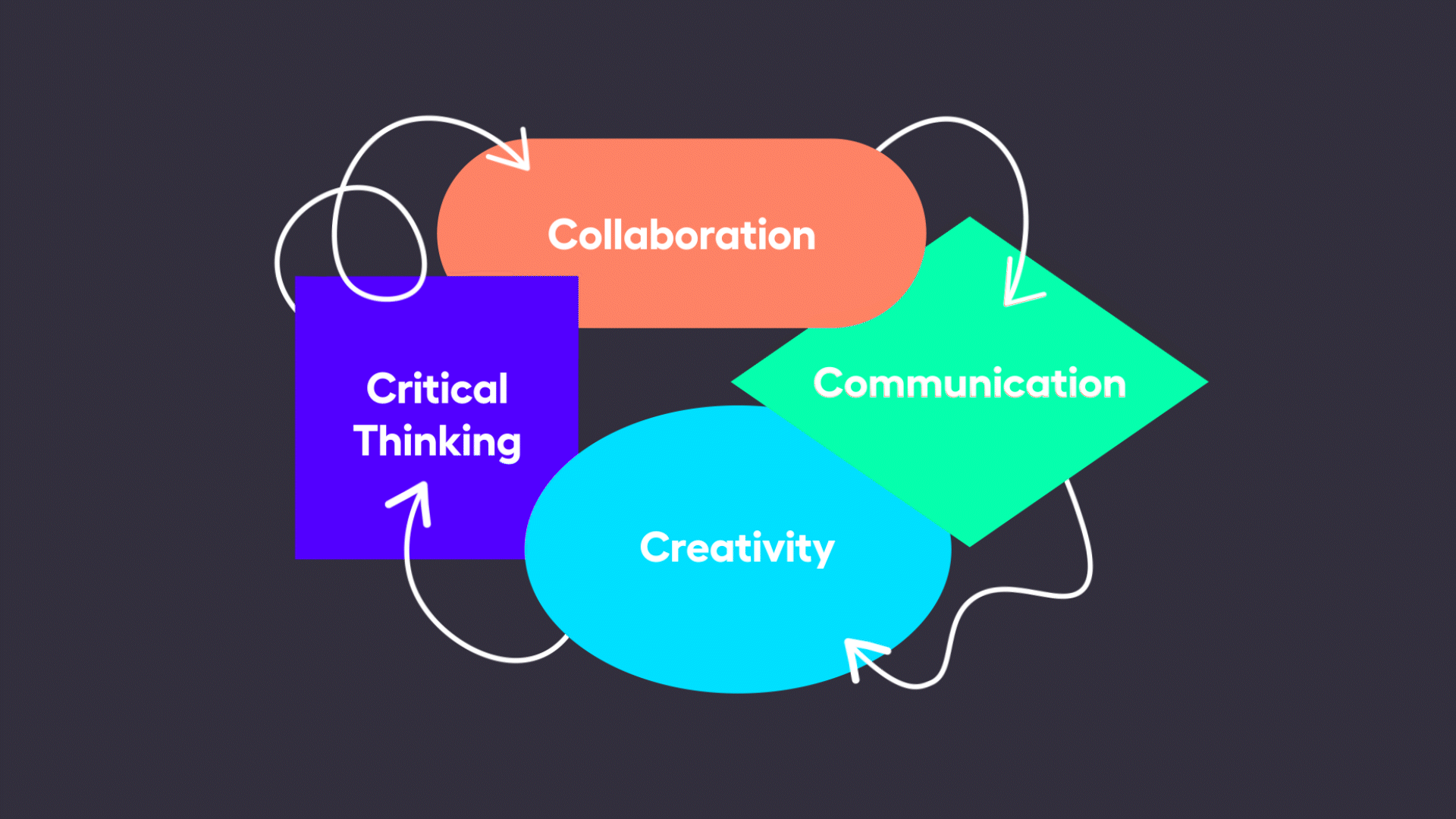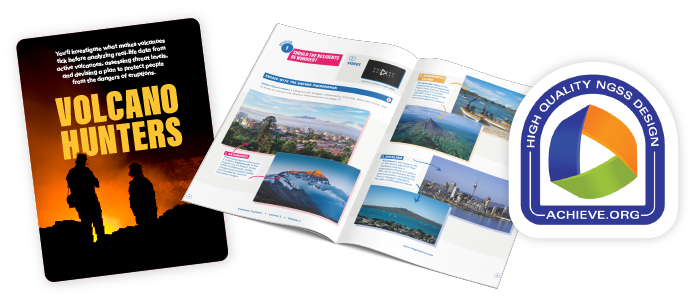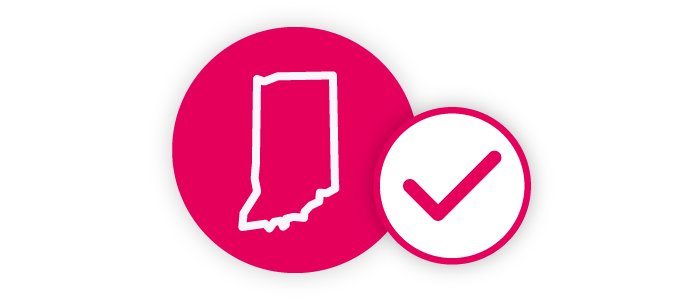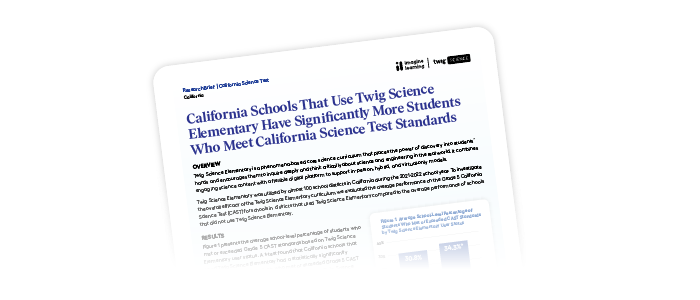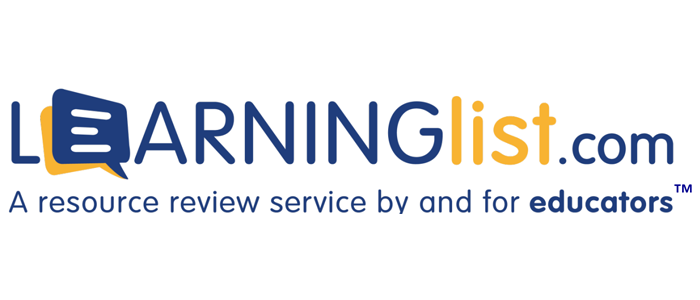November 17, 2024 8:04 am
Teachers’ Perceptions of AI in the Classroom
Discover how AI is reshaping education through personalized learning, improved efficiency, and increased teacher engagement. Explore the latest insights from educators on AI adoption, professional development needs, and the importance of ethical use and data privacy.
Imagine stepping into a classroom where every student’s unique needs are met, where teachers have more time to engage with their students, and where the latest technology supports every aspect of learning. This isn’t a distant dream — it’s happening now, thanks to the power of artificial intelligence (AI). The 2024 Educator AI Report, conducted by Michael Hallowell, Market Research Manager at Imagine Learning, gives us a glimpse into how educators see this exciting transformation.
157
total participants in the 2024 Educator AI Survey
2. Improving Efficiency and Time Management
Educators are expressing increased optimism regarding AI’s positive impact. Teachers are beginning to see AI not as a replacement for their roles but as a powerful tool that can enhance their teaching. AI can take over routine tasks, such as grading and attendance, allowing teachers to focus more on personalized instruction and student engagement. This shift enables educators to spend more time on what truly matters — fostering a deeper connection with their students and addressing individual learning needs. By automating administrative tasks, AI helps teachers manage their time more effectively and dedicate more attention to high-impact teaching activities.
50%
of participants who use generative AI in the classroom find it makes their job easier.
3. Need for Professional Development and Support
Despite the many benefits, the integration of AI in education highlights the need for professional development and support. Teachers express the necessity for ongoing training to effectively utilize AI tools and integrate them into their teaching practices. Schools and districts must invest in professional development programs that equip educators with the knowledge and skills needed to leverage AI technology. Providing access to resources, workshops, and continuous support can help teachers feel more confident and competent in using AI, ensuring its successful implementation in the classroom.
38%
of participants report satisfaction with AI implementation. A major source of dissatisfaction is insufficient training.
84%
of participants view training sessions as most valuable in supporting generative AI implementation.
5. Increase in Adoption and Acceptance
Teachers’ familiarity with AI in the classroom is on the rise, and so is their adoption and acceptance of it. From the 2023 to the 2024 report, there has been a noticeable increase in the number of educators who are not only aware of AI tools but are also actively integrating them into their teaching practices. This growing familiarity is accompanied by a shift in perception — from skepticism to optimism about the potential benefits of AI. As more teachers explore AI’s capabilities, they discover new ways to enhance their teaching methods and improve student outcomes. The increasing adoption and acceptance of AI reflect its potential to transform education and support teachers in their mission to help every student reach their full potential.
86%
of participants are familiar with AI in education, a significant increase from 75% in Fall 2023.
50%
report increased AI usage among teachers and students since Fall 2023.






